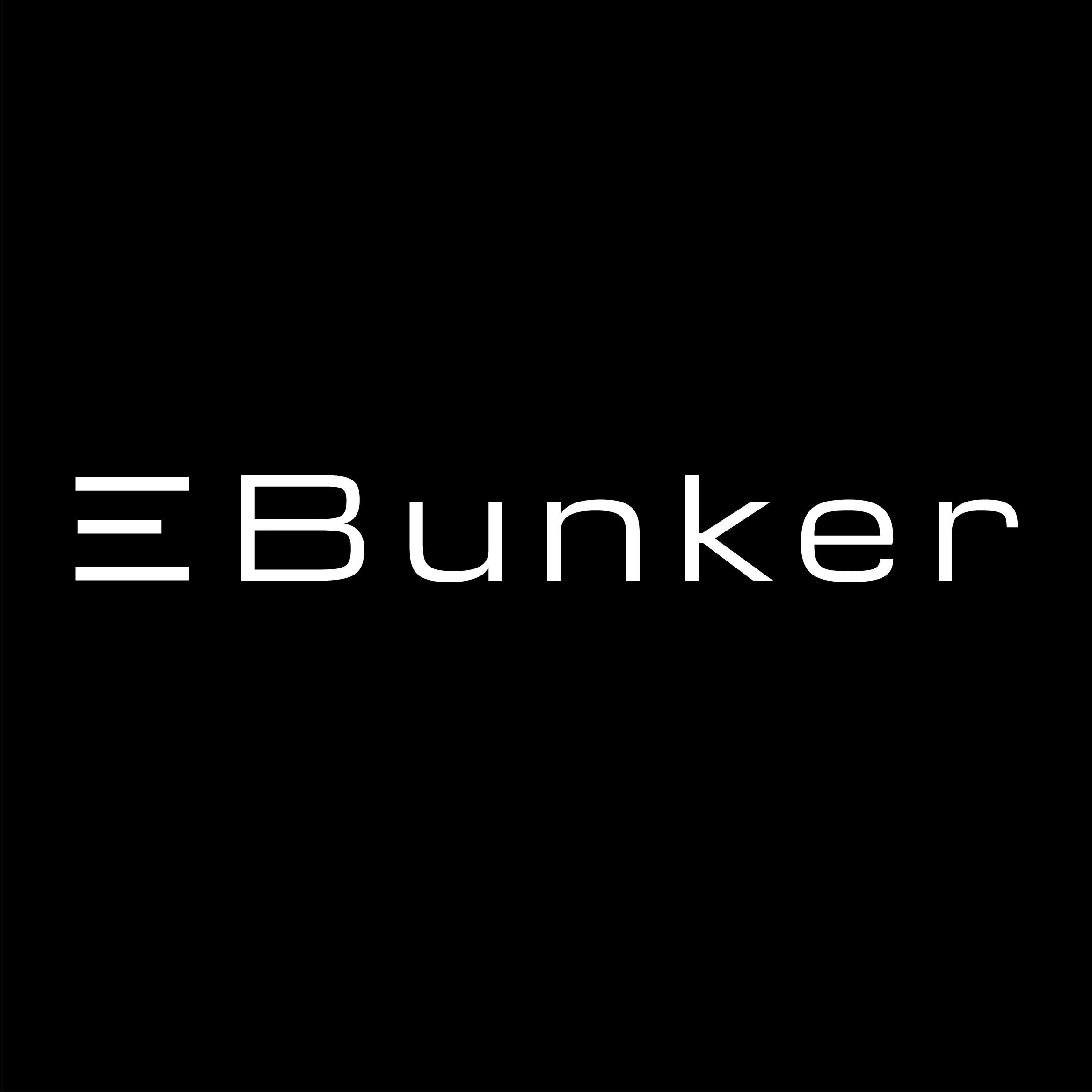ERC-3643: A token standard for real-world assets
The concept of ERC-3643
ERC-3643 is one of the new token standards in the Ethereum blockchain, which involves the tokenization of real-world assets (RWA). As an asset digitization standard based on the Ethereum blockchain, ERC-3643 ensures compliance, security and transparency in a peer-to-peer world, while improving the efficiency of asset tokenization. Changing the way people think about tangible assets, trading real estate tokens or transferring value, ERC-3643 was developed to remove or break down existing traditional barriers, specifically the boundaries between the real world and blockchain platforms.
Although ERC-3643 is more complex than the universal token standard, it facilitates the representation of physical products including property and art. The importance of this process is to facilitate easy-to-execute tokenization while meeting the regulatory requirements of different systems and maintaining transparency in these decentralized ecosystems. Therefore, the innovation of ERC-3643 is that its model can properly handle the legal complexities related to property ownership while presenting the owners rights and interests on the public chain.
How ERC-3643 works
ERC-3643 is the full token standard for incorporating RWA into the Ethereum blockchain. Essentially, ERC-3643 includes regulations and procedures governing the minting, management, and trading of related types of tokens. The process of tokenizing assets as diverse as real estate and rare art contributes to key features of how ERC-3643 operates.
Through ERC-20 tokens, ERC-3643 reaches programmable agreements on the assets it governs (real estate and other fixed assets), taking full advantage of Ethereum’s smart contract capabilities. This smart contract contains all important information about the basic asset such as owner information, legal conditions, and compliance guidelines.
Additionally, ERC-3643 has features that facilitate compatibility with current DeFi platforms, allowing it to interact more smoothly with the broader blockchain environment. Liquidity can also be expanded on the token platform through the use of its assets and subsequent ability to trade, lend and borrow as collateral for distributed financing solutions.
ERC-3643 ensures regulatory compliance by including legal mechanisms to comply with the tokenization of managed assets. Assets can be tokenized in a manner that is locally required. Additionally, the system must include mechanisms that allow security and visibility to gain widespread acceptance.
Main functions of ERC-3643 token
ERC-3643 tokens are designed for real-world assets on the Ethereum blockchain and their key functions are as follows:
Asset Representation: ERC-3643 is a token that represents assets such as real estate, art, and commodities, and contains important data such as asset ownership details, legal conditions, and compliance.
Interoperability: An important feature of the ERC-3643 token is that it can be integrated with various popular DeFi protocols. Interoperability means these tokens will be effectively incorporated into multiple DeFi applications, increasing the value provided by the wider blockchain environment.
Programmable Protocols: ERC-3643 tokens leverage Ethereum’s smart contracts through programmable protocols, enabling self-executing and configurable protocols related to the transfer, distribution, and governance of tokenized assets.
Legal Compliance: Regulatory compliance is incorporated into ERC-3643, solving fundamental issues caused by the tokenization of real-world assets. The standard creates channels that allow it to comply with jurisdictional rules. Additionally, it provides clear guidelines on tokenizing assets to avoid breaking the law.
Fragmented Ownership: ERC-3643 contracts help support fragmented ownership, making it possible to divide physical assets into tradable items. This feature allows more investors to trade expensive commodities, thereby enhancing the liquidity of high-value commodities.
Immutable ownership record: ERC-3643 token ownership is stored in the blockchain, making it immutable and highly transparent. This immutable ledger displays a verifiable and reliable custodial blockchain, making tokenized assets more secure.
Upgradeability: ERC-3643 is designed to be updatable, so there is no need to migrate to another smart contract. It makes the system flexible enough to change with the dynamic environment of technology and policy.
Use cases for ERC-3643
Tokenization of real estate: ERC-3643 can realize the tokenization of real estate fragmentation. This enables property owners to capitalize, giving more investors the opportunity to purchase part of a high-value property without requiring large amounts of capital.
Art and Collectibles: ERC-3643’s tokenization of art and collectibles enables fragmented ownership, allowing unique works of art to be divided and traded. This use case helps increase the level of liquidity in the art market, making it possible for people to have fractional ownership of famous artworks through investment.
Commodity Tokenization: Through the ERC-3643 standard, physical commodities (such as gold, agricultural products, luxury goods, etc.) can be tokenized. People can generate digital representations of these assets and trade them on blockchain platforms, enhancing the liquidity of these commodities.
Private Equity and Venture Capital: As an open platform, ERC-3643 can be used for the tokenization of property equity in private companies or venture capital firm startups. This helps ordinary investors gain greater access to investment opportunities and makes equity trading in these companies more accessible.
Tokenization of intellectual property: ERC-3643 can also be used to represent digital ownership of patents, copyrights, and trademarks. This enables owners of intellectual property to tokenize their works and execute transactions on the blockchain network.
Tokenization of real assets in games: The ERC-3643 standard also applies to game projects that represent assets, ensuring transparency and security in the trading environment of virtual goods in game systems.
Supply chain financing: Tokenization of actual items in the supply chain can enhance the transparency and efficiency of supply chain financing. Physical goods or assets can be tokenized at any point in the supply chain.
The difference between ERC-3643 and ERC-20
ERC-3643 and ERC-20 are applicable to different scenarios and objects. ERC-3643 is primarily aimed at real-world assets, while ERC-20 is primarily used for tokenization of projects in the crypto space.
The key difference between the two is their application: ERC-20 tokens are fungible and used in utility tokens or digital currencies, which makes communication between transaction participants easier and encourages smart contracts to work efficiently; The ERC-3643 standard, (1) focuses on using the same standardized framework for the representation of physical assets such as real estate and art on the blockchain; (2) ERC-3643 has special features to solve legal compliance issues and the owner’s The legal representation of tokenized shares.
Fundamentally, ERC-20 forms the basis of fungible tokens, while ERC-3643 becomes the unique type of standard that connects conventional assets to the decentralized world.
Advantages of ERC-3643
Asset Tokenization: Digital tokens are created based on physical assets that can be easily cut and distributed among various owners, thereby increasing their liquidity. Moreover, all transactions are transparent and secure.
Interoperability: Although ERC-3643 was developed based on the DeFi model, the standard is a more advanced version with features compatible with other DeFi financial protocols to increase liquidity and expand use cases for asset-backed tokens.
Legal Compliance: ERC-3643 includes tokens with functions designed to address regulatory issues related to token assets and establish compliance standards in different jurisdictions.
Enhanced accessibility: ERC 3643 can increase open investment options for people by enabling more people to become shareholders of high-value properties.
Transparency and Immutability: By using the Ethereum blockchain, ERC-3643 preserves transparent and immutable evidence related to property ownership, increasing security and credibility of property transactions.
Upgradability: ERC-3643 tokens are designed to be upgraded through a process that does not involve migrating to a new smart contract, making changes to the token standard possible.
Disadvantages of ERC-3643
Complexity: Implementing ERC-3643 tokens can be more challenging than other simple tokens and may even require some expertise and operations.
Security Risks: Like other systems using smart contracts, ERC-3643 has security risks associated with it. These risks need to be minimized through thorough review and testing.
Regulatory Uncertainty: Since ERC-3643 must be modified to remain consistent with existing laws, the uncertainty of blockchain regulations may bring frequent changes to on-chain rules.
Limited fungibility: Unlike ERC-20 tokens, ERC-3643 these asset-backed tokens have low fungibility because each asset has unique characteristics and may be subject to certain regulations. .
Market Adoption: The success of ERC-3643 depends on market acceptance of tokenized real-world assets, and its adoption faces many obstacles involving various regulatory issues.
summary
In the evolution of asset tokenization, ERC-3643 can bring real-world things to the Ethereum platform. It can bring various benefits to investors and issuers, such as enhanced liquidity, increased transparency and improved accessibility, promoting interoperability and compatibility with other Ethereum protocols and applications.
In addition, although it faces some challenges and limitations in the complexity and diversity of the regulatory environment, as well as the scalability and security of the network, ERC-3643 can both facilitate fragmented ownership and the way traditional property is viewed. Provides an effective measure of legal compliance.



